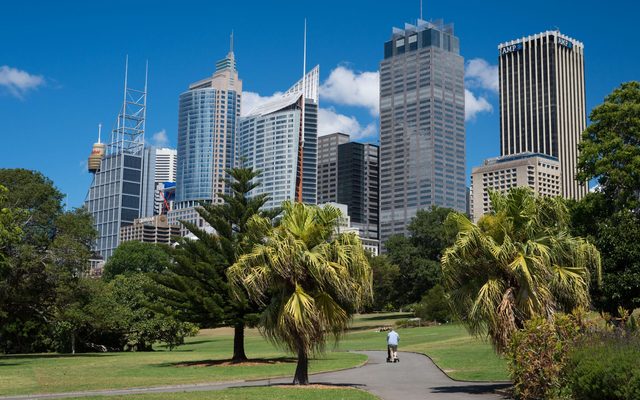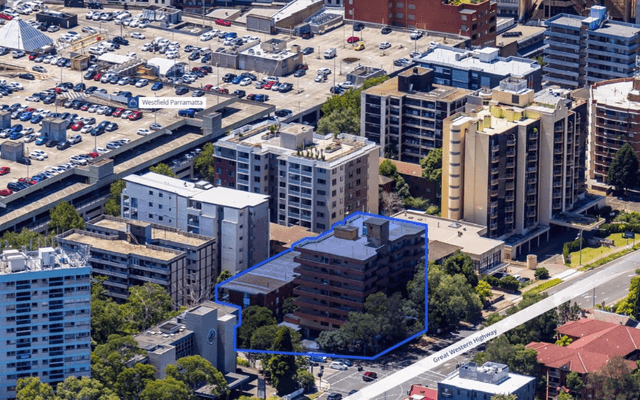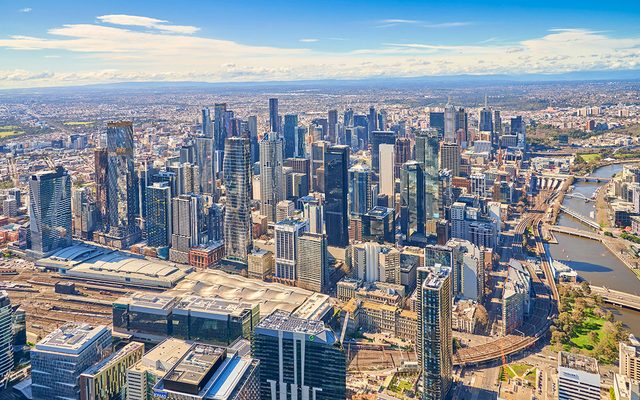This article is from the Australian Property Journal archive
THE Sydney CBD office vacancy rate has fallen from 7.4% to 6.3% – the lowest level in five years, prompting experts to predict that incentives will fall below 25% in the year ahead.
/* Style Definitions */
table.MsoNormalTable
{mso-style-name:”Table Normal”;
mso-tstyle-rowband-size:0;
mso-tstyle-colband-size:0;
mso-style-noshow:yes;
mso-style-priority:99;
mso-style-qformat:yes;
mso-style-parent:”;
mso-padding-alt:0cm 5.4pt 0cm 5.4pt;
mso-para-margin:0cm;
mso-para-margin-bottom:.0001pt;
mso-pagination:widow-orphan;
font-size:10.0pt;
font-family:”Times New Roman”,”serif”;
mso-fareast-language:EN-US;}
The Property Council’s Office Market Report shows the vacancy rate is now the lowest it has been since January 2009 and is significantly below the 8.4% recorded just the past 12 months.
In the last six months, demand reached its highest level in over four years and double the historical average, with net absorption over the past six months totalling 60,405 sqm.
The market added 23,633 sqm of space but it was negated by 21,170 sqm of withdrawals.
NSW executive director Glenn Byres said Sydney’s economic momentum continues to fuel the market and is feeding into strong demand for office space.
The bulk of demand was for prime grade space, which recorded 17,924 sqm of net absorption, leading to vacancy rates falling from 7.2% to 5.2%.
Despite 8,133 sqm of space added, A grade also vacancy decreased from 8.0% to 6.7% on the back of 30,813 sqm of net absorption.
B grade vacancy fell from 7.3% to 6.2% was due to 17,985 sqm of net absorption, and D grade declined from 7.0% to 5.5% due to 4,091 sqm of withdrawals, which offset the negative net absorption of 1,022 sqm.
C grade bucked the trend and recorded a slight increase in vacancy from 6.6% to 6.9% due to -5,295 sqm of net absorption.
JLL`s NSW head of office leasing Daniel Kernaghan said the strength of the residential market and investment in infrastructure is beginning to have a positive impact on the office leasing market.
“While patchy tenant demand and a looming new supply story had cast a shadow over the market for the past two years, we are now increasingly talking about improved business confidence and a significant improvement in demand.
“This is being driven by genuine headcount growth across a number of industry sectors, with finance, tech and professional services leading the charge,”
“We have seen a diverse range of requirements committing to office space in the first half of 2015. We expect this to continue as existing projects progress through the various phases and new projects commence,” he added.
Byres said there is 160,337 sqm of new stock due to enter the market in the second half of 2015, with a further 129,176 sqm of new projects due for completion in 2016 and 101,050 sqm from 2017 onwards.
Despite the numbers Kernaghan remains confident.
“The numbers support our observation – that the market is tightening. Even with the known supply horizon, the number of options for quality office space is limited and reducing off the back of major tenant expansion.
“Furthermore, mid to large sized businesses are becoming aware that Sydney’s development pipeline drops off sharply at the end of 2016 with very limited completions expected over 2017 and 2018,” he continued.
Kernaghan is predicting that incentives will be trending below 25% in 2016.
Meanwhile the vacancy rate in Brisbane’s CBD office market declined for the first time in three years from a record high of 15.5% to 15% as a result of 36,096 sqm being withdrawn.
Although demand for space remains in negative territory (-19,160 sqm) and almost 200,000 sqm of new space is due to come online over the next 18 months.
Canberra`s vacancy rate also declined marginally from 15.4% to 15.3%, recording 8,803 sqm of net absorption and 3,241sqm of withdrawals over the period.
Australian Property Journal



